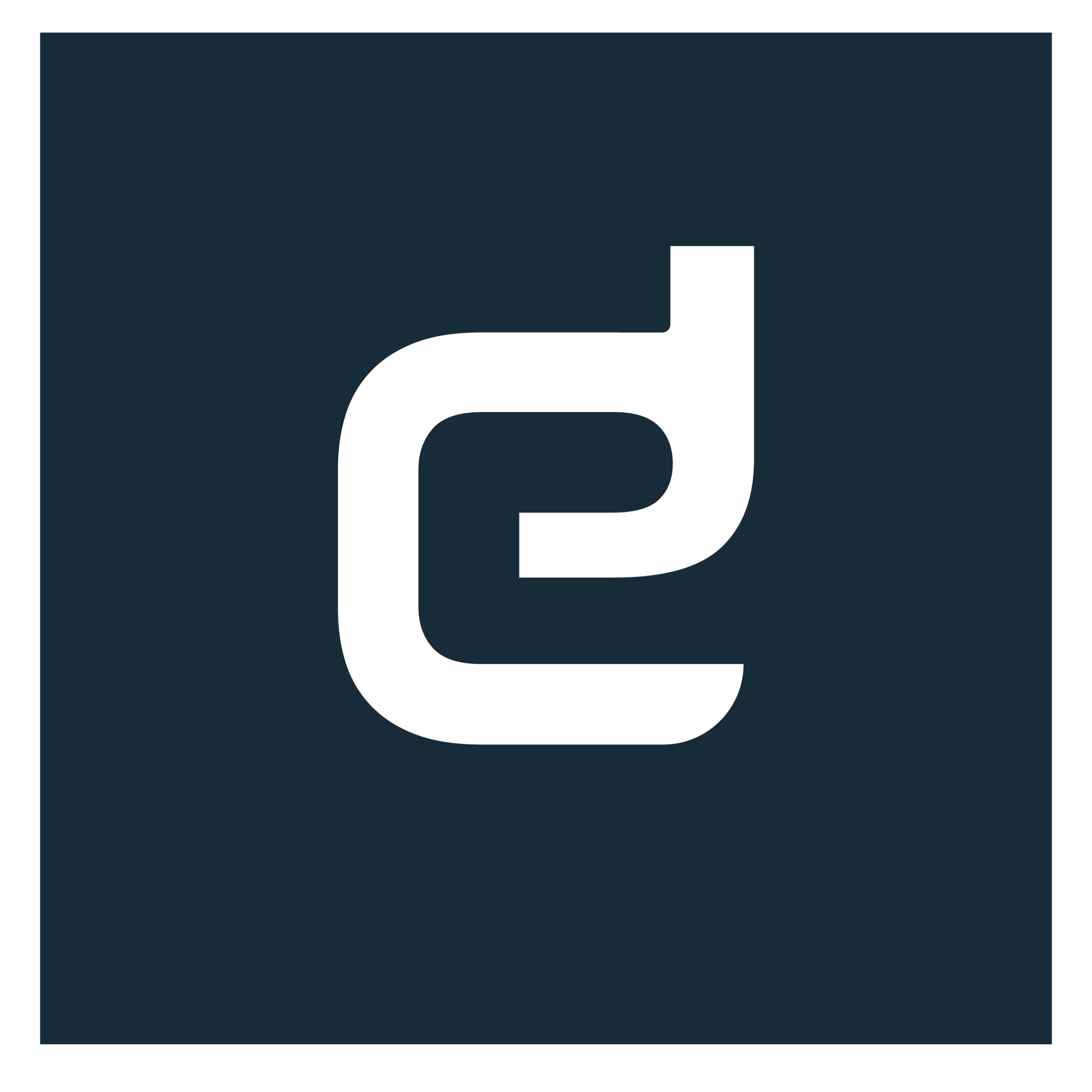I joined Uber ATG as a Robotics Product Manager leading Product efforts for all things autonomy. This includes owning the roadmap and strategy for major, multi-year company programs, setting up novel structures and processes to scale PM output for robotics/new-tech spaces, and driving major cultural changes in how individuals and leaders in the company approach problems. This required a major shift in how we think about autonomy development as a whole—adjusting our mindset from a functional, research-focused one to one driven by measurable autonomy outcomes in quantitatively predictable ways in order to deliver Products and not just Solutions.
I have been heavily involved in (1) tech strategy and development as well as (2) organizational design for the Product and Autonomy organizations.
To-date I have delivered products and strategies on a wide variety of large-scale projects including but not limited to:
Autonomy Metrics and Verification—How do we effectively design simulation and test strategy to make sure that our SDVs do what we expect them to do? What metrics (safety, ride quality, etc.) do we need to track, how do we set realistic/reasonable targets against them, and how do we set ourselves up to continue to mature these metrics?
Deriving Behavioral Expectations and Requirements—When setting behavioral requirements for SDVs people often refer to the “10x as safe as a good human driver”, but in practice it is challenging to figure out exactly what the SDV should do in ~every scenario it might encounter during operations. This is a highly technical project that leveraged novel applications of dimensionality reduction techniques to understand both representation of real-world scenarios and derive realistic, reasonable, and ever-improving requirements for naturalistic driving behaviors. This work and the foundational approaches presented by this effort drives much of the requirements development process today. As a part of this work I am also involved in Policy and Safety standards discussions with various consortium and industry group on a variety of technical topics related to expectations for SDVs.
Understanding OD/ODD and Operational Readiness—Operational Domain and Operational Design Domain are both commonly-used terms in the AV industry. As a part of the major programs that I am helping lead I developed an internal set of OD/ODD definitions that is used across the org and across all ATG programs to drive everything from quarterly-planning to org-level metrics to long-term corporate strategy.
Product Strategy for Autonomy Development—In order to get individual contributors across the org to buy into the strategy and roadmap of the organization I had to operationalize a real product strategy for autonomy development. This narrative and truth deck are used as the guiding presentation for some major programs and helps structure the work of my Product team—all goals tie to metrics and outcomes within this strategy, giving us ways to effectively measure impact and progress.
Operationalizing Comfort for Riders—We aim to not only deliver a safe ride but also a comfortable ride. I have worked on a multi-year strategy on how we might define and mature comfort metrics that we can use to grade autonomy across all test modalities. This involves quantitative targets for when we might want to revision metrics, what type of data we need to define metrics, and how we might get creative with who we use to get the data required to mature metrics.

